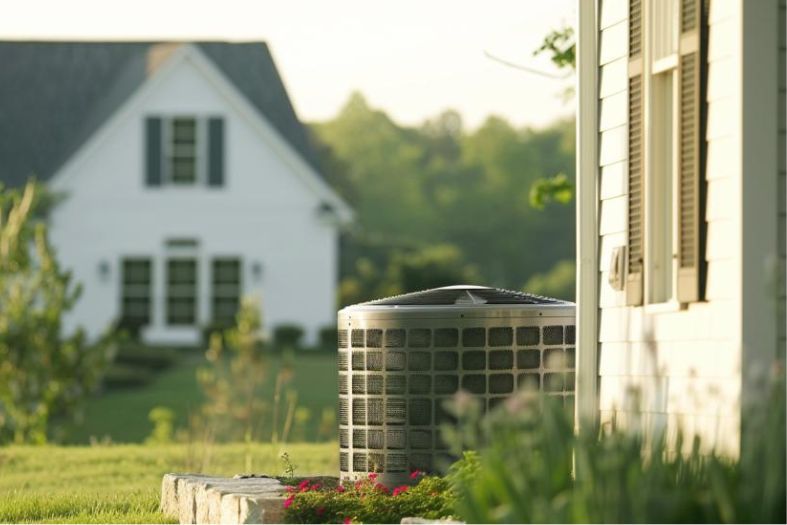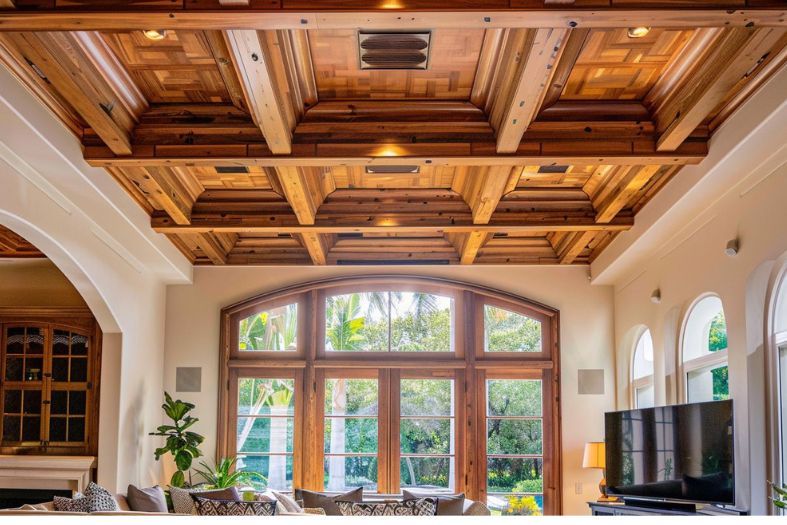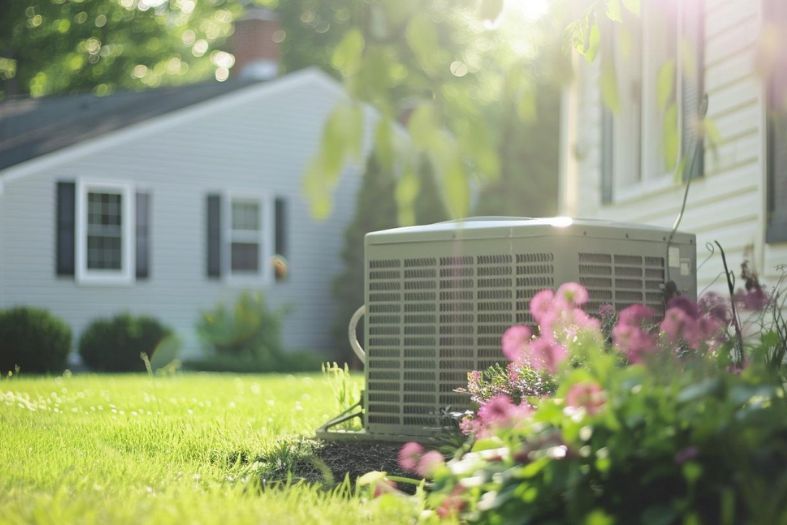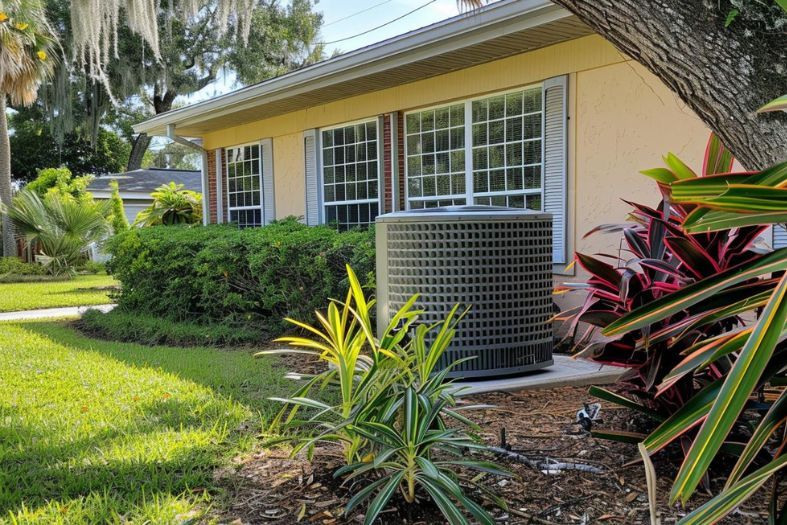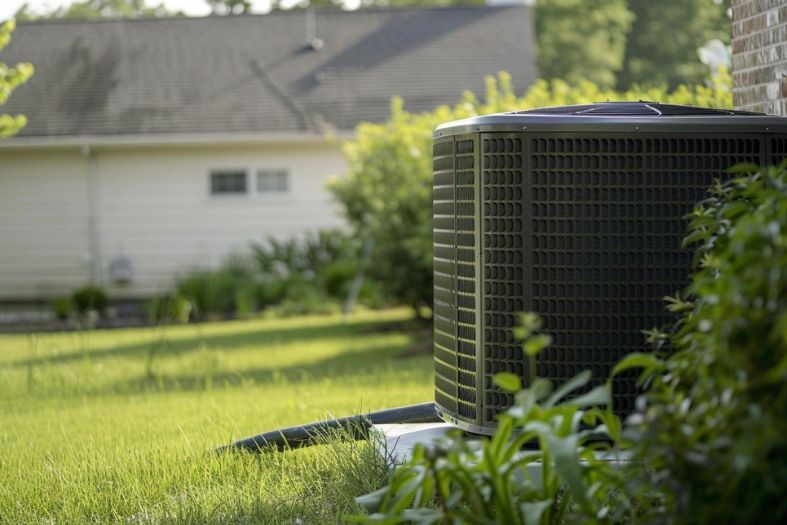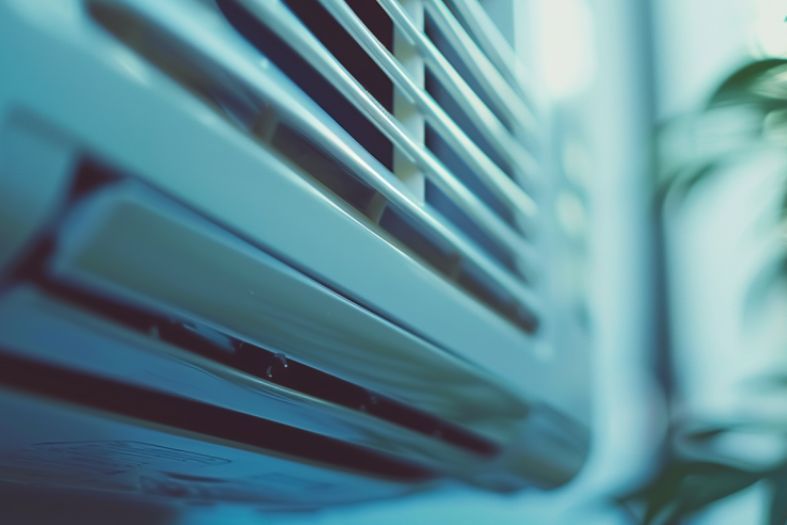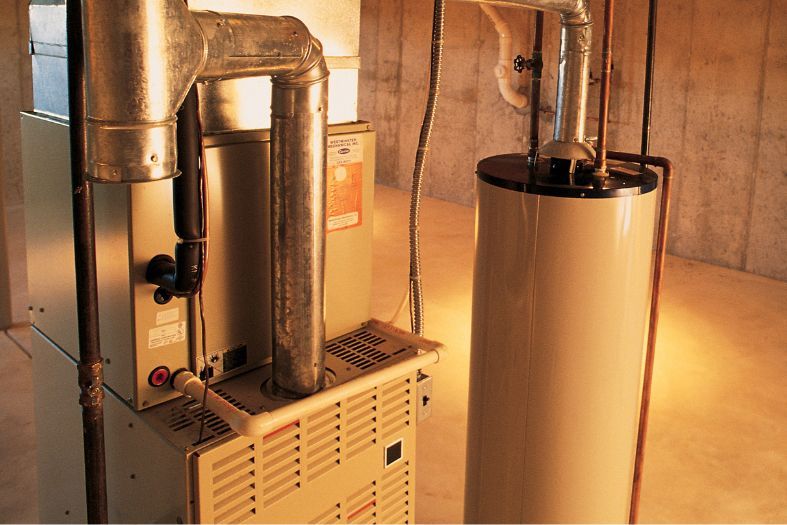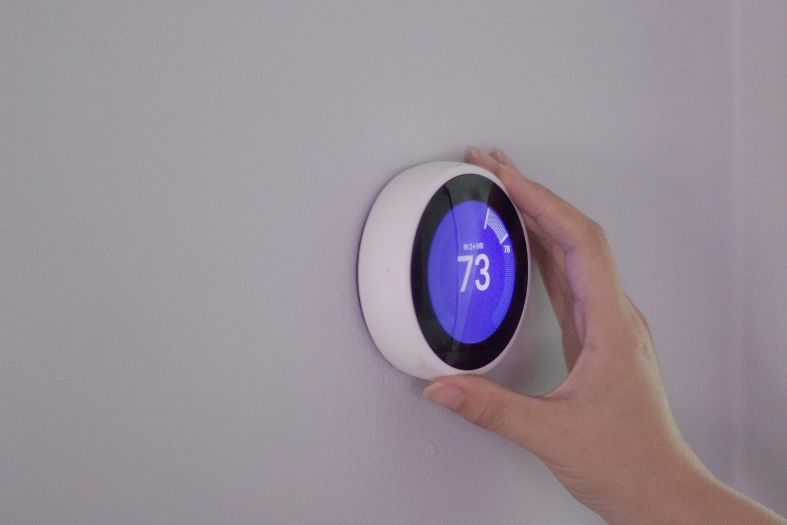AC Installation Explained
TL;DR: Proper AC installation is crucial for maintaining a comfortable indoor environment, especially during hot weather. Understanding your needs and selecting the right type of unit are key steps. Professional installation ensures expertise, safety, and warranty coverage, leading to long-lasting results. Contact Gee Heating and Air in Flowery Branch, Georgia, for expert AC installation services.
During the hot weather months or the unexpected heat waves that can occur in various seasons, it’s very important to have a properly functioning air conditioning (AC) system.
Students in schools are less motivated and energized to learn and engage in activities during hot days without the help of ACs. Studies show that even an increase of 1℉ results in a decrease of 1% regarding learning motivation and efficiency.
In this article, we aim to have AC installation explained as clearly as possible so you can understand it even if you’re not an experienced HVAC technician. We’ll guide you through the complexities and essentials of AC installation, ensuring you have a good understanding of the process, from selecting the right unit to ensuring it’s installed correctly for ideal performance.
Understanding Your Needs
The first step in AC installation is understanding your specific needs, which depend on the size of the space you intend to cool, the climate in your area, and your budget.
Although new models of air conditioners consume 50% less energy compared to older ones, an oversized unit will lead to unnecessary energy consumption.
On the other hand, a unit that’s too small will not cool your space effectively. To help you understand your needs and choose the most suitable system, professionals can calculate the dimensions to determine the appropriate size of the AC unit required for your space.
Selecting the Right Type of AC Unit
One of the most important aspects of AC installation is choosing the right size and type of unit for your home. Professionals use precise calculations and consider various factors, including room size, insulation levels, window orientation, and local climate, to determine the most suitable AC system for your needs. This tailored approach ensures that your unit is neither overworked nor underused, leading to optimal performance and energy efficiency.
There are various AC systems you can choose from, including central AC, window units, portable units, and split systems. Each type is unique in its own way and is suitable for different settings:
- Central AC. This one is ideal for cooling multiple rooms or an entire house. It requires multiple ducts to distribute cool air and is the most expensive type to install. However, it offers efficient cooling and a seamless look.
- Window Units. Compact and suitable to fit in standard-sized window frames. They’re perfect for cooling one room and are very simple to install.
- Portable Units. Can stand on their own and are easy to move from one area to another. They require venting through a window and are best for temporary cooling solutions.
- Split Systems. They consist of outdoor and indoor units and need minimal ductwork. They’re suitable for homes without existing ducts and offer efficient cooling for specific areas.
Explaining the Professional AC Installation Process
Before the installation, ensure that the electrical system in your home can handle the new AC unit. This might involve upgrading your electrical panel or installing a new circuit. The installation process isn’t always the same. It depends on the type of AC system you’ve chosen.
Here’s a general overview:
- For central AC systems, the process involves installing the outdoor unit, which includes the compressor and condenser. The indoor unit is connected to the ductwork to cool your house. If you’re installing a central AC system, inspect the existing ductwork for any leaks or damage and repair them to ensure efficient operation.
- Window and portable units require less invasive installation processes. For window units, you’ll need to secure the unit in a window and ensure it’s sealed correctly to prevent air leaks. Portable units require setting up an exhaust hose that vents out a window.
- Split systems require installing the outdoor unit, running refrigerant lines to the indoor units, and mounting the indoor units on walls in the rooms that require cooling.
- Regardless of the type, the installation process also involves ensuring proper insulation to maintain energy efficiency. Insulation acts as a thermal barrier, minimizing the exchange of heat between a home’s interior and the external environment. This reduces the workload on the AC system, allowing it to cool the home more efficiently and with less energy wastage.
- Similarly, sealing gaps and leaks around doors, windows, and ductwork prevents the loss of cooled air and the infiltration of warm air, further enhancing energy efficiency.
Installing an AC unit can take up a lot of your time, especially if you have never done it before. By hiring professionals, you’ll have more time to focus on other tasks around the house and avoid the hassle associated with installation. Professional installers can complete the job efficiently, allowing you to enjoy the comfort of your cooled space sooner rather than later.
Post-Installation Checks
After installation, it’s crucial to check if the system works properly. This includes detecting any refrigerant leaks, ensuring proper thermostat calibration, and determining whether all components are functioning as they should.
Professional services can also guide you through the system’s operation. They often offer additional tips, helping you understand how to maintain the efficiency of your new AC system. This support can be extremely useful in ensuring your system continues to run smoothly and efficiently long after the installation is complete.
Maintenance for Longevity
Timely maintenance is crucial to ensuring your AC unit works efficiently for years to come. Scheduling annual maintenance checks with a professional can help detect and resolve any smaller issues before they become larger problems.
Benefits of Professional AC Installation
You can easily install smaller AC units, like window or portable units. However, central and split systems require professional installation. These systems involve complex steps that can affect your home’s structure and the system’s efficiency and safety.
Opting for professional AC installation offers numerous advantages that ensure not only the proper functioning of your air conditioning system but also its longevity and efficiency.
While the upfront cost might be higher than a do-it-yourself approach, the long-term benefits far outweigh these initial expenses. So, consider the following key benefits of entrusting professionals to handle your AC installation.
Expertise and Experience
Professional installers can handle various types of air conditioning systems. Their expertise ensures that your AC unit is installed correctly the first time, avoiding common mistakes that can lead to inefficiencies or system damage. They use high-quality materials and the latest equipment to ensure the installation is done correctly and efficiently.
Safety
Air conditioning systems involve electrical components and, in some cases, refrigerant handling, which can pose risks if not managed correctly. Professional installers are trained to work according to safety standards and regulations.
This way, they avoid accidents or injuries during the installation process. This is particularly important for complex installations, such as central AC systems, which require extensive electrical work and adherence to building codes.
Warranty and Guarantees
Professional installers ensure that the installation process meets these requirements, preserving your warranty coverage. Additionally, many professional services offer guarantees on their work, providing satisfaction and protection against potential issues arising from the installation.
Get Long-Lasting Results With Proper AC Installation
After having AC installation explained, you can see it’s a complicated process that involves careful examination and planning. Whether you opt for a simple installation of a smaller unit or a professional installation of a more complex system, understanding the process helps ensure your cooling needs are met efficiently and effectively.
By selecting the right type of AC, preparing adequately for the installation, and ensuring proper maintenance, you can enjoy a comfortable indoor environment for many years.
Contact Gee Heating and Air, the best HVAC contractor in Flowery Branch, Georgia, if you need expert help and get long-lasting results with proper AC installation!
